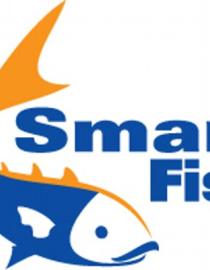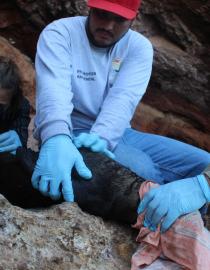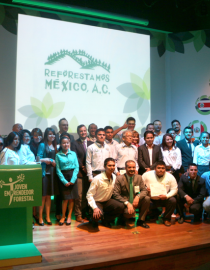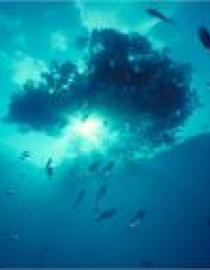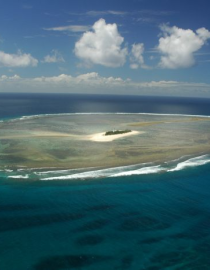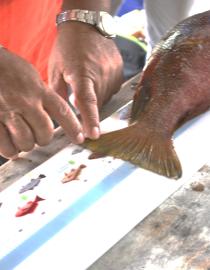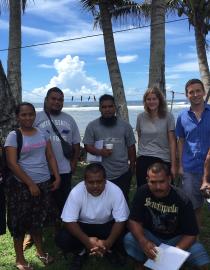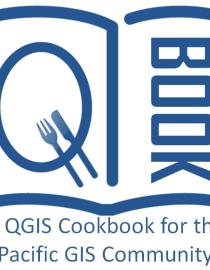
solutions
Participatory fisheries monitoring
Low impact fishing activities
Economic incentives
Strengthening the management ability of local government
Cable tie tags for licensing fishing vessels
A financing scheme through vessel registration and licensing
Population trend and environmental influence model
Multifactor diagnostic chart
Building community infrastructure for local well-being
Involvement of local stakeholders in conservation activities
Awareness-raising and enactment of a customary law
Facilitation of alternative livelihoods
Conservation partnerships with private sector
Engaging youth and community leaders
Entrepreneurship trainings
Political lobbying and advising
Identifying salient beliefs of target audience
Interpretive training workshop
Interpretive tools to influence behavior
Post training monitoring of progress and feedback
Participatory Diagnosis and Adaptive Management (PDAM)
Rapid Appraisal of a Fisheries Management System (RAFMS)
Building Consensus and formalizing the Alliance
Strengthening the Alliance and Capacity Building Activities
Creating the scientific evidence base
Seeking international recognition for ecosystem
Development of international protection measures
Establishment of the Sargasso Sea Commission
Collection of current, extensive and relevant information
Compatibilities in the marine environment
GIS-based interactive decision making tool
Participatory Planning
Cross-jurisdictional agreements
Complementary legislation
Relevance of international conventions for MPA management
Co-managing with Indigenous Traditional Owners
Multi-sectoral Advisory Committees
Partnerships with key sectors to enhance management efforts
Insertion in the community
Participatory methodologies to collect information
GIS/Technical Planning
Workshop Planning
Exchange of Traditional Knowledge
Ensuring Sustained Utility
Identifying EbA solutions through participatory assessments
Steps towards effectively communicating EbA solutions and trade-offs to stakeholders

